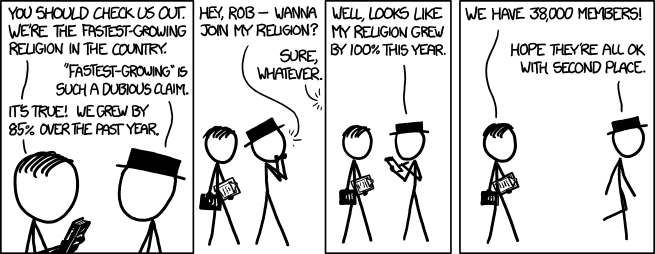Introduction
Business Value Creation with IT (BVC)
Neu-Ulm University of Applied Sciences
March 4, 2024
Introduction
Necessity of definitions

Definition
Let’s define some core terms.
IT and digital
IT x
The information systems (IS) literature categorizes IT resources into
- IT assets, such as hardware, IT infrastructure, or software applications (Melville et al., 2004)
- IT capabilities, such as IT skills or IT management abilities (Wade & Hulland, 2004)
- IT-enabled resources are systems that are formed through relationships between IT assets (e.g., CRM-systems) and organizational resources (e.g., CRM processes) (Wade & Hulland, 2004)
To create IT-enabled resources organizations need to integrate IT assets, IT capabilities and organizational resources in a way that they create synergies.
Discussion
Now what’s the difference between IT asset and a digital asset?
From IT to digital resources
Dynamic capabilities
The resource-based view supports that firms may achieve a competitive advantage based on their bundles of resources and capabilities (Peteraf et al., 2013; Wade & Hulland, 2004).
The dynamic capabilities (DC) view argues that firms have to evolve their resource and capability base in order to ensure a sustained competitive advantage (Peteraf et al., 2013) — two types of resources:
- ordinary or operational capabilities, which allow firms to survive in the present by supporting existing operations
- dynamic capabilities, which are directed towards strategic change of ordinary capabilities and resources
DCs govern the change of other organizational capabilities (Teece, 2014).
IS and dynamic capabilities
Value
Dicussion
How can value created with IT (including AI) be defined?
IS business value
Value created by IT is—in a business context—usually referred to as IT/IS business value.
IS business value is the impact of investments in particular IS assets on the multidimensional performance and capabilities of economic entities at various levels, complemented by the ultimate meaning of performance in the economic environment. Schryen (2013, p. 141)
The ultimate meaning of performance refers to what is subsequently derived if the outcome is exploited, e.g.
- impact on performance of a workflow management system: faster business processes
- the ultimate meaning: is dependent on the use of gained time and the extent to which competitors have speeded up their processes